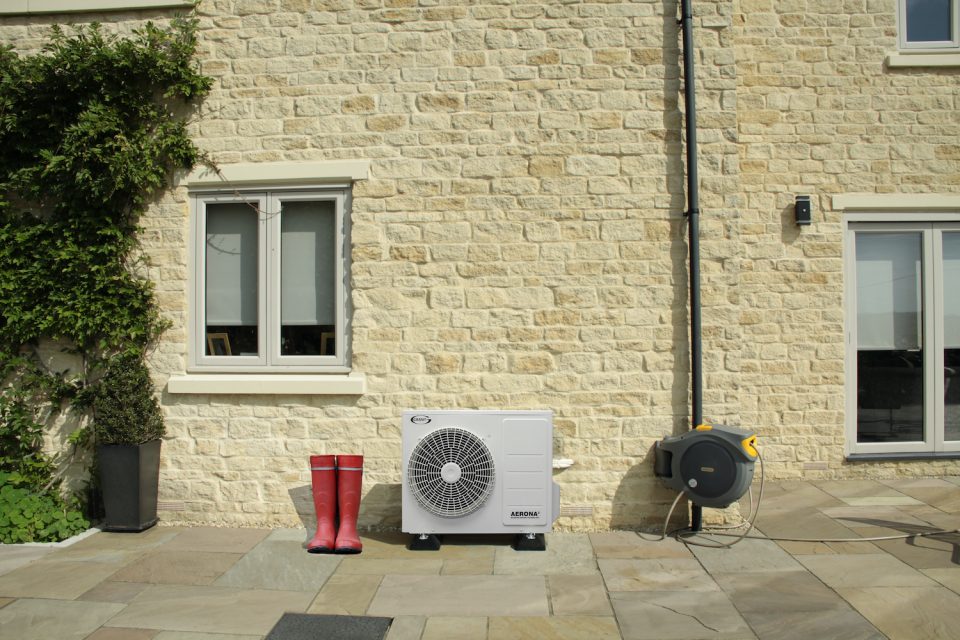There are only a couple of rules that actually make any sense, mostly because they were not written by politicians. The one I want to explore today is the theoretical efficiency from a heat pump.
A heat pump is just a machine which has the ability to move heat and therefore lift the temperature from one place to another using a refrigerant and a pump.
Your fridge does it – it sucks heat out of your frozen pizza and moves it out the back and heats your kitchen. Moving or pumping heat is not creating any energy, it’s just moving it.
There is a formula for working out what the absolute theoretical efficiency you can achieve if the heat pump is perfect and has no friction.
It’s called Carnot efficiency. Carnot discovered this rule. He did not write it. It’s a law of physics and is totally unbreakable. Carnot did not work for a manufacturer of heat pumps and wasn’t a marketeer. The formula is pretty simple.
The maximum achievable efficiency is the temperature of the hottest part of the system (+273 because they loved Kelvin as a temperature scale back in the day) divided by the difference in temperature between the hottest bit and the coldest bit.
As an example, my heat pump is working at 10C outside, which is 283K. Inside it is heating the water to 40C or 313K. The efficiency in theory could be 313/ (313-283) = 10.4
Great news for marketeers, but it’s not completely true.
The problem is if it is 10C outside the heat pump has to work at a slightly lower temperature to absorb the heat – remember hot goes to cold. So we run our heat pump coil at 2C when it is 10C outside. The same is true for the inside part heating the water. To make water at 40C we have to run the heat pump at a higher temperature something like 43C.
So now the formula changes and in theory the efficiency could be 316/ (313-275) = 7.7
That’s more like it. But Carnot didn’t have to worry about powering water pumps, printed circuit boards, crankcase heaters or fan motors and he assumed compressor efficiency was 100%. There is no way you can get anything like this good efficiency in these conditions. It would be more reasonable to achieve a COP of 5 from any heat pump running in the conditions listed above.
Now here’s the fun bit. In the UK we do not have to measure or report the efficiency of any heating device accurately. There is no boiler anywhere which actually measures the flow rate through the boiler, the heat produced and the gas consumed.
And they definitely don’t measure how much electricity the boiler uses to provide your heating. In fact you just assume your efficiency based on the fictional figures you are given when you buy the boiler – 90% efficiency apparently. That is a triumph of marketing.
We in heat pump land are a bit better than that, but we are not perfect, and we use some devices which help the figures. It is common now in heat pumps to measure energy in and heat out and give you a COP figure on screen. But most heat pumps only measure the power drawn by the compressor, and we conveniently forget about the controls, pcb, fans, pumps, etc. so the figure is reported slightly higher than is real.
You could put special dedicated heat meters on the pipework and measure the actual energy the whole system uses and get a really accurate figure for COP, but it is not a requirement and is strictly for geeks.
Back in the RHI days there was a programme called MMSP. It was horrible. You were paid a bit more RHI to install proper metering on the system. It was ridiculously complex and expensive, the heat meter was hundreds of pounds and made of solid gold. I had one for a few weeks, it stopped working and no one noticed.
So the point is be careful when you see any COP claim which looks high. If it looks high it probably is not completely true. Most heat pumps today can achieve a COP averaged across a whole year of about 4 if they are set up well with properly adjusted weather compensation running maximum temperatures up to 50C on radiators. With underfloor heating you might see high 4s, underfloor heating runs at lower temperatures.
If you flog the units to death at high temperatures all the time the COP falls.



Good article and good advice